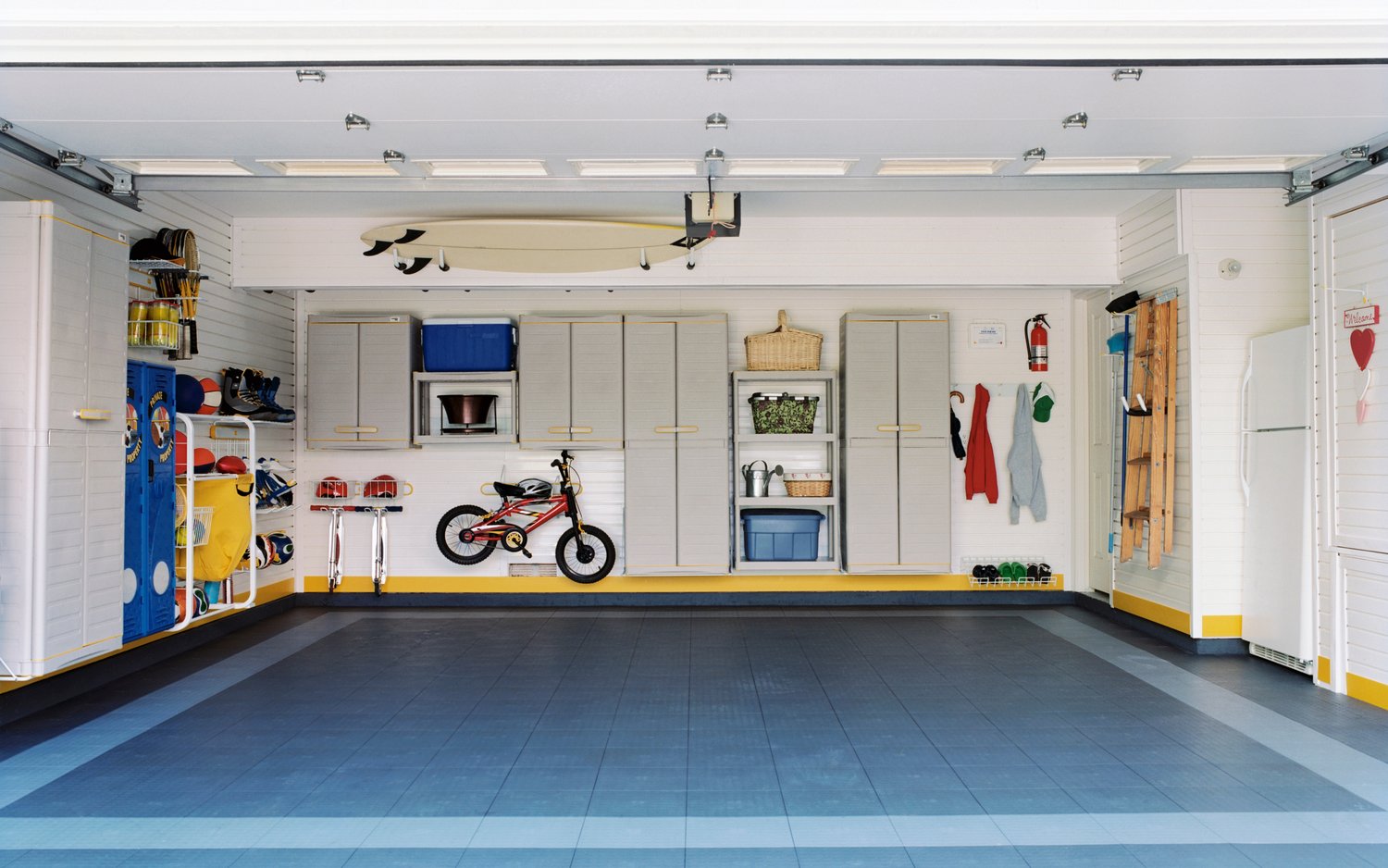Transforming your garage into a functional workshop creates a dedicated space for DIY projects and hobbies while adding value to your home. A well-designed garage workshop setup combines smart storage solutions, proper tool organization, and an efficient layout that maximizes available space. Whether you’re a weekend woodworker, an automotive enthusiast, or a crafty DIYer, the right workshop environment can significantly enhance your productivity and enjoyment. This article explores essential considerations for designing, organizing, and equipping your dream garage workshop.
Planning Your Workshop Layout
Before purchasing any equipment or storage systems, carefully consider your garage workshop layout. Start by measuring your available space and creating a scaled drawing of your garage. Account for permanent features like doors, windows, electrical outlets, and any space needed for vehicles. Think about your primary projects and how you’ll move around the space while working. Workflow efficiency is crucial—position frequently used tools and workstations in easily accessible locations. For woodworking, consider the path of materials from storage to cutting, assembly, and finishing. A thoughtful garage workshop setup might place noisy or dusty operations (like sawing) away from clean work that requires concentration. Also consider lighting needs, as natural light availability will influence your layout decisions. Many experienced DIYers recommend leaving at least 30% of your space open for project assembly and material staging.
Essential Workstations and Surfaces
The heart of any home workshop essentials list is quality work surfaces. A sturdy main workbench should be your central focus, ideally positioned where you have good lighting and sufficient space around all sides. For woodworking, consider a bench with a solid hardwood top that can withstand hammer blows and clamping pressure. Metal workers might prefer a steel-topped bench that can handle heat and welding sparks. Beyond your main bench, secondary work surfaces add flexibility. Consider a portable workbench that can be moved as needed for different projects. Wall-mounted folding workbenches are excellent space-savers in smaller garages. If you frequently work with electronics or small parts, incorporate a dedicated clean workstation with appropriate lighting and anti-static features. Height matters too—standard benches are typically 34-36 inches high, but your optimal height depends on your stature and the type of work you do most frequently.
Tool Storage and Organization Systems
The ability to organize garage for projects effectively often determines workshop success. Professional-grade tool storage solutions come in many forms, from wall systems to rolling cabinets. Wall-mounted pegboards or slat walls provide visible, accessible storage for frequently used hand tools while freeing up valuable floor space. Consider designated zones for different tool categories—carpentry, mechanical, electrical, and painting supplies should each have their own organized areas. For power tools, a combination of cabinets (to protect sensitive equipment from dust) and open shelving works well. Clear plastic bins with labels are invaluable for organizing smaller items like fasteners, electrical components, and hardware. Many experienced DIYers swear by the “shadow board” approach—outlining tool shapes on pegboards so you can instantly see what’s missing. As experts at AskHomey often recommend, tool organization isn’t just about neatness—it’s about efficiency and safety in your workspace.
Power and Lighting Considerations
Adequate power and lighting are non-negotiable elements in DIY workshop ideas. Start with an assessment of your electrical capacity—many older garages have limited circuits that won’t support multiple power tools running simultaneously. Consider hiring an electrician to install additional circuits, GFCI outlets, and possibly 220V service if you’ll use larger equipment like table saws or air compressors. For lighting, avoid relying solely on a single central fixture. Instead, combine general overhead lighting (LED shop lights are energy-efficient options) with task lighting at each workstation. Adjustable arm lamps at your workbench help eliminate shadows when doing detailed work. Don’t forget about climate control—depending on your region, you might need heating, cooling, or dehumidification to make your workshop comfortable year-round and to protect tools from rust and damage.
Safety and Comfort Features
A professional-quality garage workshop prioritizes safety and comfort. Install fire extinguishers, first aid kits, and eye-washing stations in easily accessible locations. Consider your ventilation needs, especially if you’ll be painting, staining, or generating significant dust. Many DIYers install air filtration systems suspended from the ceiling to capture airborne particles. Comfort matters for productivity—anti-fatigue floor mats in areas where you’ll stand for extended periods can reduce fatigue. Think about sound management too, with insulation or acoustic panels if your workshop shares walls with living spaces. Finally, don’t overlook security—your tool collection represents a significant investment worth protecting with appropriate locks and possibly an alarm system.
Creating a Workshop That Grows With You
The best home workshop essentials evolve as your skills and interests develop. Start with quality fundamentals—workbench, basic tools, and organization systems—then expand methodically. Consider leaving space for future equipment acquisitions rather than filling every inch immediately. Document your workshop layout and systems so you can easily find tools and materials, perhaps with a simple inventory system. Remember that your garage workshop should reflect your personal workflow and priorities rather than mimicking someone else’s setup. With thoughtful planning and organization, your garage can become the ultimate creative space for bringing your DIY dreams to life.
For more tips and to connect with reliable home service professionals, follow AskHomey on Facebook and Instagram.



